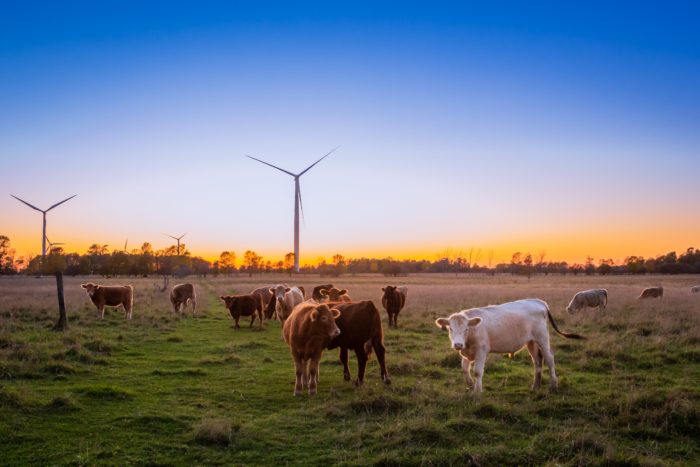Enough time has elapsed since the Intergovernmental Panel on Climate Change claimed that eating less meat, particularly beef, would help save the planet, that I can now respond with a cooler head. Unfortunately, free-range, pastured meat production gets thrown under the bus any time such recommendations are made. The same thing happens when reports emerge about the effect of meat consumption and human health. Feedlot beef and CAFO pork are totally different animals than those produced on pasture. As with most things in life, the devil is in the details.

Growing corn on the Great Plains to feed confined beef for human consumption (or produce ethanol), I agree, is a bad idea. The great plains were built by the symbiotic relationship between roaming herds of buffalo (ruminants much like cattle) and the grasses that once thrived there. Plowing up the prairie to grow corn, wheat, and soybeans that need irrigation, is depleting the soil and draining the Oglala aquifer, both of which will take thousands of years to replenish. Shipping the grains to feedlot operations is costly, both in money, energy consumption, and carbon footprint.
Grazing animals properly (not overgrazing), is restorative.
Typically the land dedicated to growing feed for animals (i.e., grow row crops) is different from the land used to graze animals. Grazing lands are usually unsuitable for row crops, either too steep, woody, or otherwise unproductive. In the case of the Great Plains, the region is too dry for row crops. Only irrigation makes those crops possible there. Grazing animals on “marginal” lands is often regenerative, increasing organic matter, reducing soil erosion and run-off, sequestering carbon, and in short, better for the environment.
If you are interested in learning more about the incredible restorative capacity of beef, let me recommend a book titled, “Defending Beef: The Case for Sustainable Meat Production” by Nicolette Hahn Niman.
